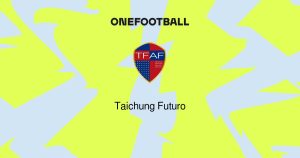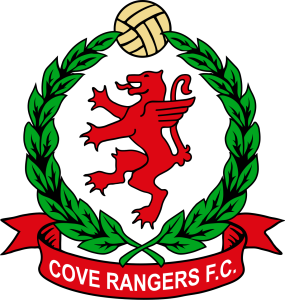
San Lorenzo de Almagro FC
San Lorenzo de Almagro FC is one of the most storied and beloved football clubs in Argentina, renowned for its passionate fan base, rich history, and remarkable achievements. Recognized locally and internationally, the club has garnered respect through its competitive spirit and cultural significance. This comprehensive guide delves into the club’s origins, its triumphs, iconic players, and how fans can connect with its storied legacy.
The Origins and Evolution of San Lorenzo de Almagro FC
Understanding the roots of San Lorenzo de Almagro FC provides valuable insight into its identity and enduring success. Founded in the late 19th century, the club’s journey reflects broader societal changes and the evolution of Argentine football dom88.
The Birth of San Lorenzo: Roots and Early Days
San Lorenzo de Almagro FC was founded on April 1, 1908, in the bustling district of Boedo, Buenos Aires. Its inception was driven by a group of young enthusiasts who sought to establish a football team that embodied community spirit and cultural pride. The club’s early years were characterized by a grassroots approach—playing informal matches and nurturing local talent.
From the outset, San Lorenzo distinguished itself through its vibrant team culture and a commitment to inclusivity. Unlike some contemporaries rooted in aristocracy or exclusivity, San Lorenzo fostered a working-class ethos, resonating deeply with its local supporters.
The club’s early days were marked by rapid growth and a fierce competitive spirit that saw it gradually establish a foothold in the Argentine football scene. Its first official matches helped lay the foundation for what would become a historically significant institution.
The Growth and Struggles: Becoming a National Force
Throughout the early 20th century, San Lorenzo faced numerous challenges—from competing with established clubs like Boca Juniors and River Plate to navigating financial difficulties. Yet, its resilient community spirit and passionate fan base kept the club buoyant.
In the 1930s and 1940s, San Lorenzo began to climb the ranks more consistently, winning regional titles and refining its playing style. The club also built its first significant stadium infrastructure, which played a pivotal role in nurturing talent and attracting larger crowds.
This period was pivotal in transforming San Lorenzo into a recognized national force. The club’s identity solidified around its social roots and commitment to developing local talent. The 1940s marked a turning point, as San Lorenzo started winning its first major trophies, setting the stage for an illustrious future caisno dom88.
Modernizing the Club: Expanding Horizons and International Recognition
Post-World War II, San Lorenzo embraced modernization efforts, including infrastructural improvements, strategic youth development, and marketing initiatives. These changes broadening its appeal beyond local Buenos Aires, contributing to its national and international standing.
During the 1960s, San Lorenzo embarked on a new era of success, winning multiple titles and gaining recognition for its attractive playing style. Internationally, the club became known for its participation in South American club competitions, establishing itself as a formidable competitor.
Today, San Lorenzo de Almagro FC continues to evolve, blending its deep-rooted traditions with modern professionalism. Its history remains a testament to resilience and community, inspiring generations of supporters and players alike.





